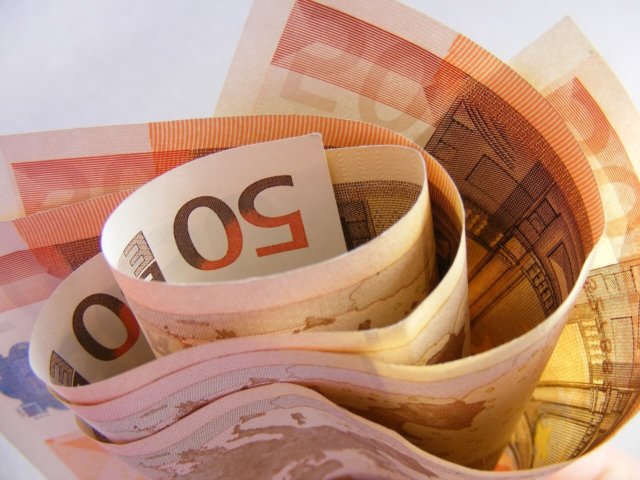According to the press release of National Bank of Romania, in its meeting of 15 May 2019, the Board of the National Bank of Romania decided: to keep the monetary policy rate at 2.50 percent per annum; to leave unchanged the deposit facility rate at 1.50 percent per annum and the lending facility rate at 3.50 percent per annum; and to maintain the existing levels of minimum reserve requirement ratios on both leu- and foreign currency-denominated liabilities of credit institutions.
The annual CPI inflation rate went up from 3.83 percent in February to 4.03 percent in March and 4.11 percent in April, thus standing above the variation band of the target and above the forecast. Behind this evolution stood the pick-up in the prices of vegetables and fruit, as well as the advance in fuel prices and tobacco product prices, yet core inflation also made a significant contribution thereto.
As shown in the press release, the annual adjusted CORE2 inflation rate (which excludes from the CPI inflation administered prices, volatile prices, and tobacco product and alcoholic beverage prices) remained at 2.7 percent in March, moving up to 3 percent in April. The increase shows rising demand-pull and wage cost-push inflationary pressures, as well as the impact of the new tax levied on telecom companies.
Average annual CPI inflation rate continued to decline slightly from 4.5 percent in February to 4.4 percent in March and 4.3 percent in April 2019; calculated based on the Harmonised Index of Consumer Prices, the average annual inflation rate has remained flat at 4.1 percent starting with December 2018.
Furthermore, the revised data on economic growth confirm that real GDP advanced by 4.1 percent year on year in 2018 Q4 compared to 4.2 percent in the previous quarter. On the demand side, final consumption continued to be the main driver of economic growth (3.5 percentage points), ahead of the change in inventories (3.2 percentage points), while gross fixed capital formation reported again a negative contribution. By contrast, net exports had a lower negative contribution to GDP dynamics against the background of an upward revision of the growth rates of exports and imports of goods and services.
The latest statistical data point to a widening of the current account deficit in 2019 Q1 compared to the same year-earlier period, albeit at a slower pace than in 2018 Q4.
Production and investment saw mixed developments. On the one hand, the annual dynamics of industrial output lost further momentum in 2019 Q1 compared to 2018 Q4, concurrently with the deceleration in the dynamics of new orders in manufacturing. On the other hand, in annual terms, the volume of construction works rose substantially. At the same time, retail trade and services continued to grow at a faster pace amid the significant step-up in the growth rate of the average net real wage.
The annual growth rate of credit to the private sector decelerated. The evolution reflected a slower rise in the domestic currency component, in parallel with a considerably slacker decline in the foreign currency component. Against this background, the share of leu-denominated loans in total private sector credit increased marginally to 65.8 percent.
For further information: NBR Board decisions on monetary policy

